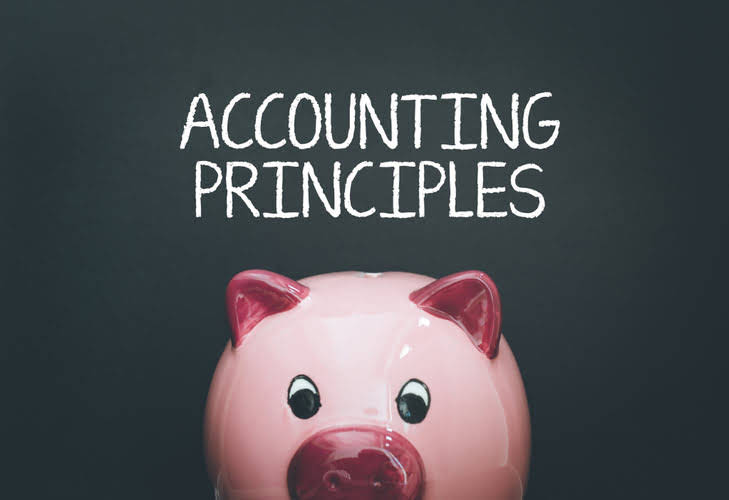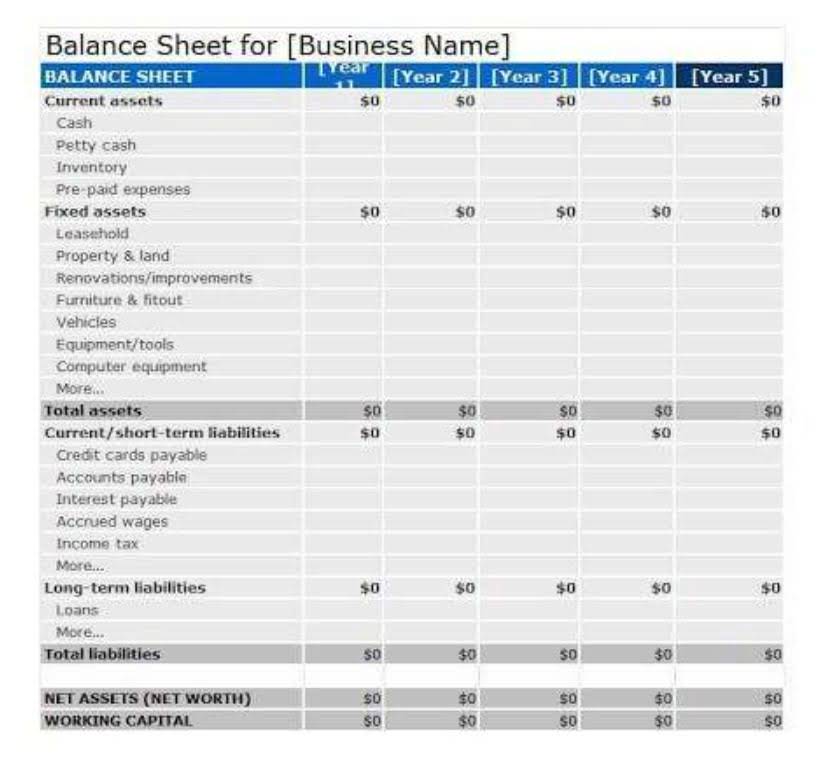
Both direct and indirect costs may be counted if you need to calculate the total cost of goods sold (COGS). Compared to direct costs, COGS/COS/COR is a broader term that encompasses all the cost related to production of an item, including not only the direct cost of materials and indirect costs are also referred to as labor, but also any allocated overhead expenses. This is an example of how direct and indirect costs appear on a company’s income statement. Other expenses, such as cash register tape, bags to put customer purchases in, and utilities, are similarly considered indirect costs.

Indirect costs include expenses such as the salaries of the project manager and administrative staff, renting office space to manage the project, and insurance and legal fees. The formula to calculate indirect costs involves summing up all the expenses that are not directly tied to a specific project or task but are necessary for the overall operation of the business. Indirect costs are often expressed as a percentage of direct costs or as a fixed amount. This document provides introductory guidance to NEH applicant and recipient organizations on calculating indirect costs as part of an NEH grant or cooperative agreement application budget. For example, factory overhead costs can be apportioned to each unit produced by the total number of products manufactured, or based on the number of hours it took to manufacture each product.
Company Information
Fixed indirect costs include expenses such as rent; variable indirect costs include fluctuating expenses such as electricity and gas. As the owner of a startup or small business, you should understand the distinction between direct and indirect costs when pricing your products or services. When you know the true costs involved with producing and providing your goods or services to customers, you can price both competitively and accurately. Additionally, certain costs are tax-deductible, so properly tracking both direct and indirect costs can help you maximize deductions.
- Administration costs include general administrative expenses that are not specific to the project but serve the entire organization.
- This is especially true for entities with high ratio of indirect to direct costs.
- These overhead costs are the ones left over after direct costs have been computed.
- The cost for employer payroll taxes such as FICA, FUTA, SUAT, workers comp and fringes such as employer paid benefits like PTO, health insurance, pension, and 401k matching.
- Indirect product costs are attached to the product and included in the cost of goods sold, and indirect period costs are not attached to the product and are recorded as expenses.
Direct costs can provide valuable insight into which products cost the least to make in relation to the profit margin, de Vos adds. This means a stationery company might stop making a pen but make pencils that are cheaper, but offer a higher profit margin, for example. If your organization does not have a current negotiated (including provisional) rate or has an expired rate, your organization may choose to negotiate a rate with its cognizant agency. If your organization wants to negotiate a NICRA and NEH is its cognizant agency, see Guidance for Negotiating an Indirect Cost Rate Agreement with NEH. For example, it may not be possible or financially feasible to precisely determine how the activities of company directors benefit a particular product, service or project. Let’s imagine that, rather than working for the water supply company, you are in a management position for a stationery and greeting card store.
What is Indirect Cost? (Definition, Explanation, Types, and example)
This helps a company to calculate the overhead cost per unit so that prices can be set accordingly to ensure a profit is made on each product even after incorporating all indirect expenses. Combined, direct and indirect costs represent all of the expenses incurred to run a company’s day-to-day business operations. Indirect costs, also known as overhead costs, are expenses that cannot be directly attributed to a specific project or client, but are necessary for a freelancer to run their business. Indirect costs are sometimes referred to as “operating expenses” and are typically ongoing expenses that are not tied to a specific project. Step 4 will require judgement on whether to “exclude” any disallowed or distorting costs or reclassify those costs to the direct costs base.
In practice, there are several costing methods used to allocate indirect costs, such as activity-based costing (ABC) or fixed cost classification. Each method has its own pros and cons, for example in terms of impact on pricing, financial reporting and taxation. This is especially true for entities with high ratio of indirect to direct costs. While indirect costs can include a range of items, they are essential to delivering a company’s value proposition.
Direct Costs and Pricing
Having a firm understanding of the difference between fixed and variable and direct and indirect costs is important because it shapes how a company prices the goods and services it offers. Knowing the actual costs of production enables the company to price its products efficiently and competitively. An example of a fixed cost is the salary of a project supervisor assigned to a specific project. This expense may fluctuate depending on production (for example, there would be an increase in utility expense if a manufacturing plant is running at a higher capacity utilization). To facilitate equitable distribution of indirect expenses to the cost objectives served, your organization may need to establish a number of pools of indirect costs. Indirect cost pools must be distributed to benefitted cost objectives on bases that will produce an equitable result in consideration of relative benefits derived (2 CFR § 200.1).
One of the methods to address indirect costs is the predetermined overhead rate (PDOR), which looks at estimating the cost of an indirect cost based on an activity it involves. To more fully understand indirect costs, it is important to break them down further into either indirect product or period costs. Indirect product costs are attached to the product and included in the cost of goods sold, and indirect period costs are not attached to the product and are recorded as expenses.